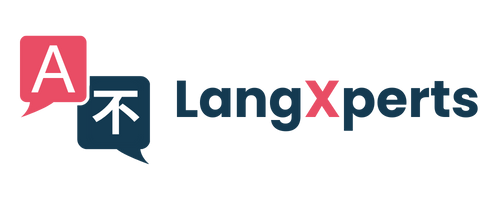
12 February 2024
Types of Translation tools are there in the market?
Here's a breakdown of the main types of translation tools available, along with some examples:
1. Machine Translation (MT)
-
How it works: Computer algorithms automate the conversion of text from one language to another.
-
Pros: Fast, free (often), handles large volumes of text.
-
Cons: Accuracy varies greatly, struggles with nuances and creative language, not ideal for high-stakes or complex content.
-
Popular tools: Google Translate, DeepL, Microsoft Translator.

2. Computer-Assisted Translation (CAT) Tools
-
How it works: Software assists human translators, improving efficiency and consistency.
-
Pros: Combines the accuracy of human translation with speed and organization of technology.
-
Cons: Requires some learning curve, less suitable for purely creative content.Popular tools: SDL Trados Studio, MemoQ, Wordfast, Smartcat.

3. Translation Memory (TM)
-
How it works: A database stores previously translated segments for reuse in future projects.
-
Pros: Improves consistency, reduces costs for repetitive content, speeds up translation.
-
Cons: Less effective for highly varied content, requires initial creation and maintenance.Often integrated into CAT Tools

4. Translation Management Systems (TMS)
-
How it works: Platforms for managing complex translation projects, including workflow, collaboration, and access to various tools.
-
Pros: Streamlines multifaceted translation projects, reduces administrative overhead, ideal for large teams and ongoing translation needs.
-
Cons: Can be costly, may have a steeper learning curve.
-
Popular tools: XTM Cloud, Plunet, Memsource.

5. Neural Machine Translation (NMT)
How it works: Computer algorithms automate the conversion of text from one language to another.
-
How it works: A more sophisticated form of MT, using artificial neural networks to learn context and produce more natural-sounding translations.
-
Pros: Often delivers better results than traditional MT, especially for languages with large amounts of training data.
-
Cons: Still prone to errors, accuracy varies depending on the language pair and subject matter.
-
Popular tools: Google Translate, DeepL, Microsoft Translator.

Important Considerations:
-
Your needs: Consider project size, content type, accuracy requirements, and budget.
-
Integration: Some tools work together, so plan for how they might fit into your workflow.
